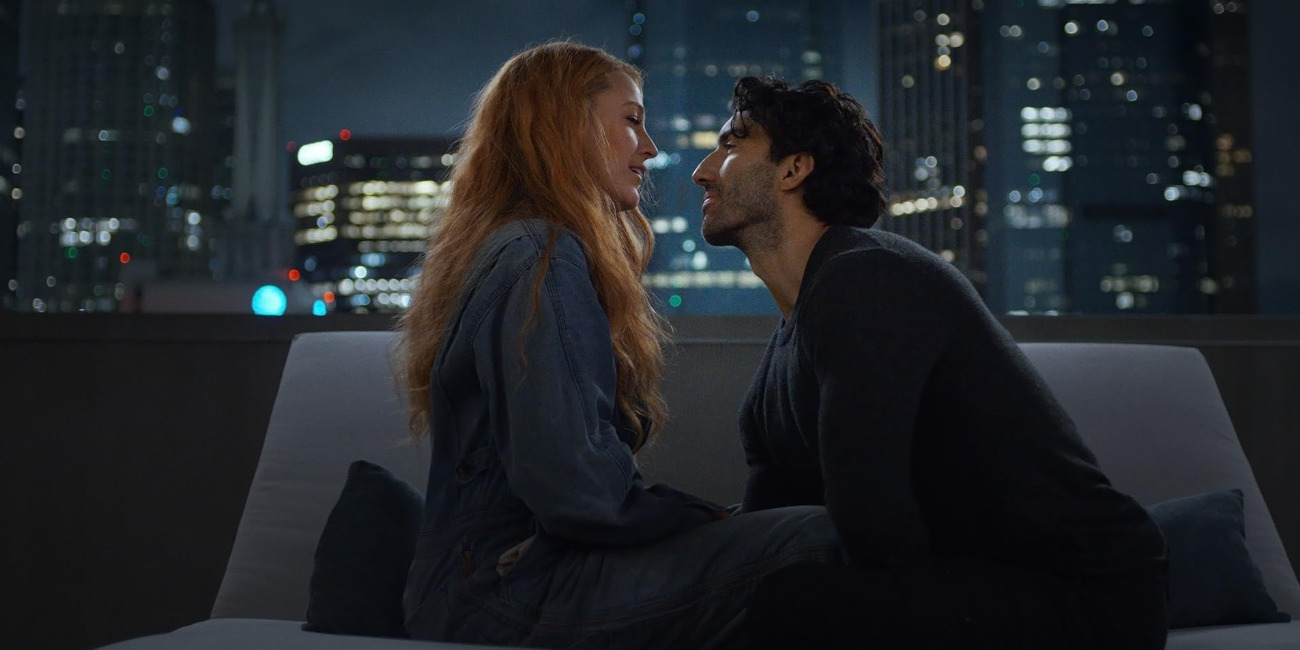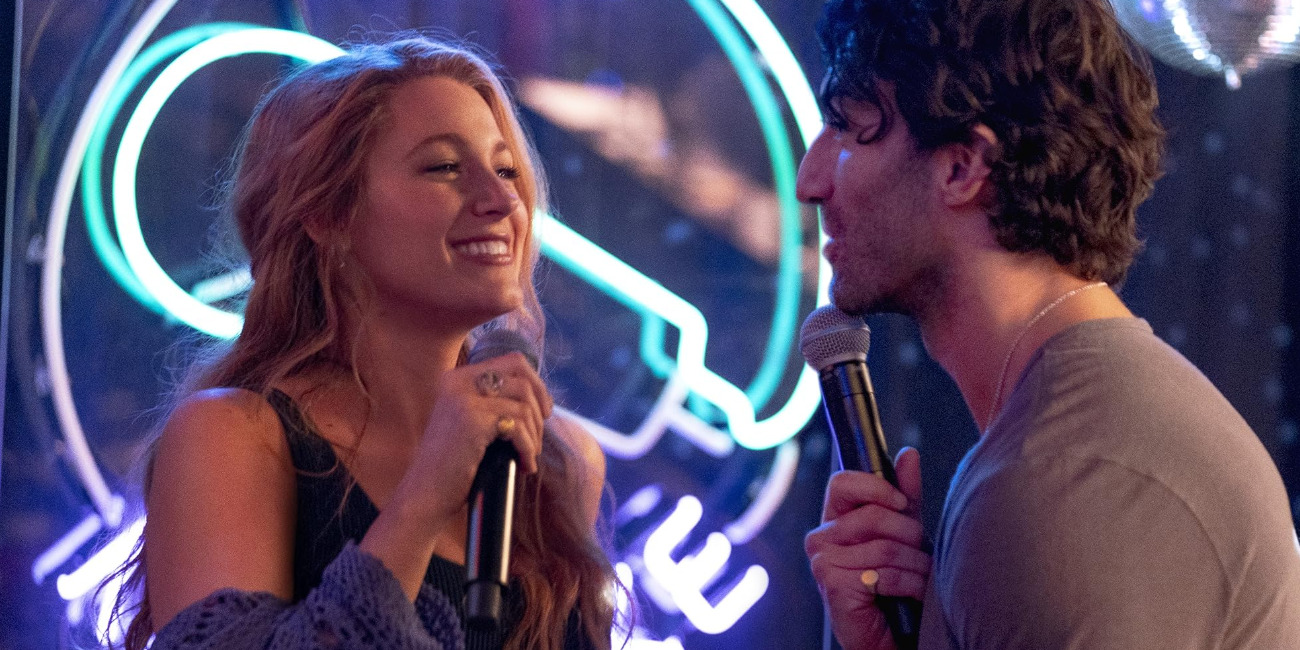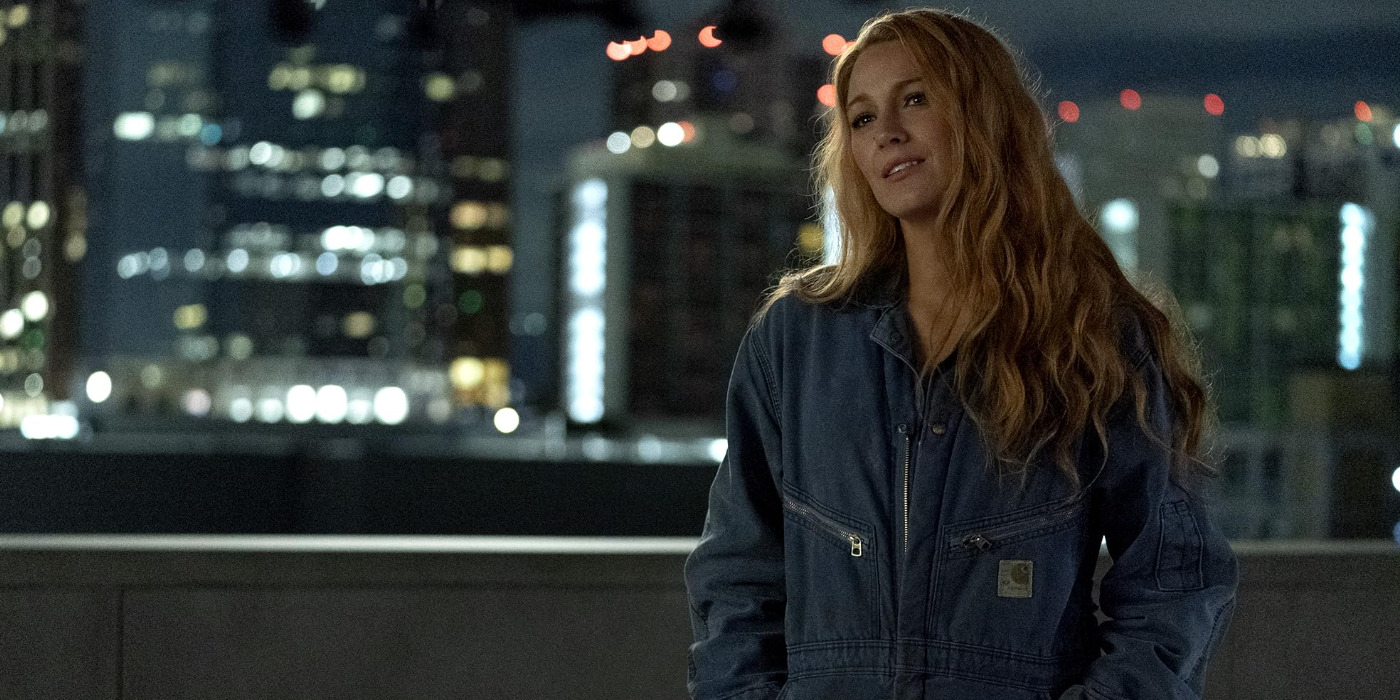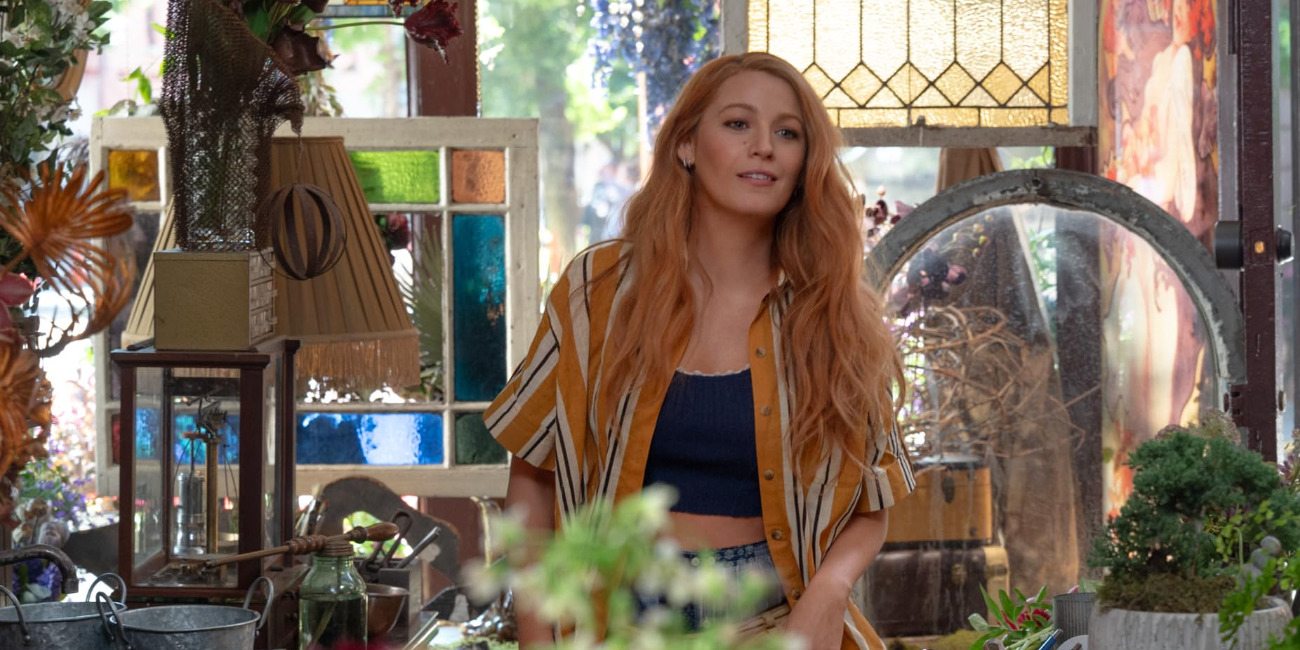A romance drama film starring Blake Lively and Justin Baldoni, ‘It Ends with Us’ follows the story of a woman’s experiences with domestic abuse as her situation compels her to put an end to cyclic generational trauma. Having grown up in an abusive household, Lily Bloom moves to Boston, looking for a new start as she chases after her dream of opening her own flower shop. Along the way, a chance meeting with a charming yet guarded neurosurgeon, Ryle Kincaid, leads to a whirlwind romance.
However, as Atlas Corrigan—a childhood friend and a reminder of Lily’s past—reappears in her life, it brings out an alarming side of Ryle. As such, once Lily finds herself in a situation she never thought she would face, the woman is forced to navigate an unpredictable future on her own. The film deals with the heavy subject of domestic abuse, analyzing the dynamics of such a relationship from within. Thus, given its nuanced exploration of the same, viewers are bound to grow intrigued about its origins.
It Ends With Us is an Adaptation of a Colleen Hoover Novel
‘It Ends with Us’ is a live-action adaptation of Colleen Hoover’s eponymous novel, authentically translated for the screen under Justin Baldoni’s direction and Christy Hall’s screenwriting. Published in 2016, Hoover’s book rose to the New York Times Bestseller List and continues to harbor a dedicated following, earning the author substantial fanfare. Consequently, in bringing the novel to the screen, the biggest concern of filmmakers and their teams was maintaining faithful ties to the source material.

Even so, while the film sports considerable book-to-movie accuracy, it departs from Hoover’s novel in one significant aspect. Where the book’s central characters, Lily, Ryle, and Atlas, are written as young adults in their early to late 20s, the cinematic adaptation swerves from the same and ages up the characters by a good few years. Initially, the same invited some skepticism from the fans. Nevertheless, Hoover herself enthusiastically supports the change, considering the initial characterization of Lily and the others to be a mistake on her end.
Hoover had initially stuck to the decision due to the popularity of college-age characters in the genre. However, she acknowledges that the idea of such young characters with established careers seems far-fetched and inauthentic. In an interview, the author spoke about the same and said, “As an author, we make mistakes. The aging of the characters [in ‘It Ends with Us’] was my fault.” She further added, “And so to make corrections to what I messed up in the book, we aged the characters up [in the film] somewhat.”

Outside of the same detail, the film remains true to Hoover’s novel, preserving the essence of its literary predecessor in order to do justice to the story. In fact, the author herself has praised the adaptation for its accuracy to the source material. “Readers tend to always want to read the book first,” she told Entertainment Weekly. “I completely understand that, but I feel like this adaptation has stayed so true to the book that it’s actually either or whatever you prefer. I think that you’ll be happy if you watch the movie and then go into the book or vice versa.”
The Real-Life Inspiration Behind Hoover’s Work
Even though ‘It Ends with Us’ charts the tale of a fictional character and her equally fictitious life, it holds a deeper connection to reality. The story is inspired by Author Colleen Hoover’s mother, who was reportedly in an abusive marriage for several years, which ended up serving as a prominent influence on the novel. She shared the same in the author’s note for the book and has since discussed its significance in various interviews. Hoover expressed that her mother was able to leave the situation and divorce her abuser by the time the author was 2. “She was able to get out of that relationship,” she said.

Hoover continued, “And then from then on, I just remember growing up with a mother who was so strong and independent.” Still, the situation left an inescapable mark on the latter. In fact, Hoover has previously shared that one of her earliest memories as a child is of her father throwing a TV at her mother. Speaking with TODAY, the author also discussed the situation’s after-effects and said, “[You know] I would ask her [Hoover’s mother] all the time, [like] how did you find yourself in this situation? And I decided to write a book about it inspired by her courage to leave my biological father.”
As such, Lily’s narrative, which explores the complications of unwittingly falling into an abusive relationship before gathering the courage to leave the adverse situation, remains a reflection of the reality that Hoover said her mother underwent in her own abusive marriage. Alternatively, the reality of domestic abuse as a social issue also heightens the story’s ties to realism. Hoover’s past professional experience as a social worker particularly helped her compose an authentic story about the prevalent issue.
In Hoover’s former line of work, the then-investigator for Child Protective Services came across numerous cases of domestic abuse, which expanded her understanding of the same. Thus, despite the lack of an identical true story behind its narrative, the film’s intimate connection to Hoover’s work cements it in realism and authenticity. Ultimately, with the reality of Hoover’s mother’s situation as a base inspiration, ‘It Ends with Us’ inevitably sports significant relations to real life.
Read More: Best Movies About Abusive Relationships and Domestic Violence


You must be logged in to post a comment.